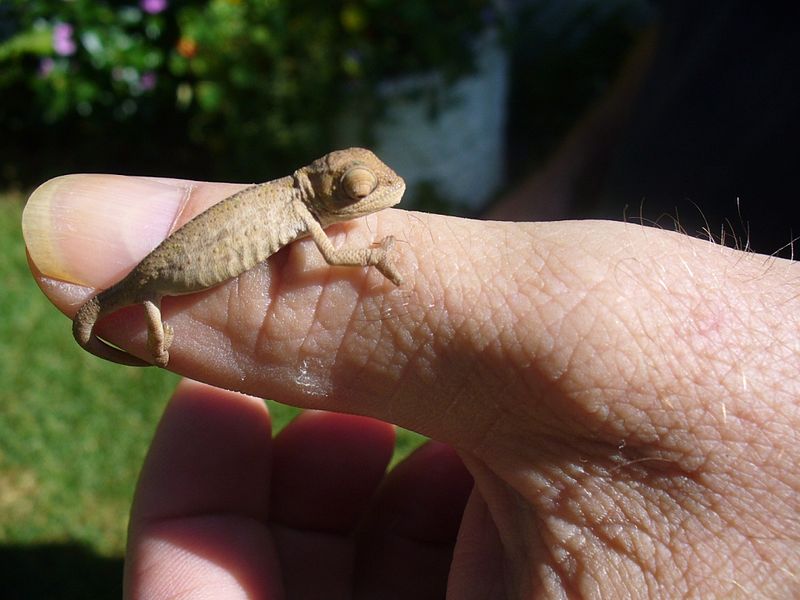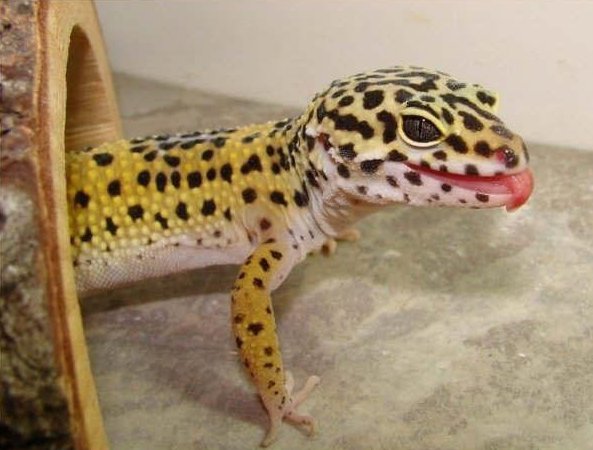 Salamanders are by no means defenseless – indeed, the skin toxins produced by the California Newt and its relatives are among the most virulent natural chemicals known. But most herpers tend to regard them as small, slow-moving, inoffensive beasts. Not so the mighty Greater Siren, Siren lacertina. This caudate “rule-breaker” can bite viciously in self defense, and is a major predator in its environment…but it is also among the most interesting amphibians that one can keep, and very hardy to boot.
Salamanders are by no means defenseless – indeed, the skin toxins produced by the California Newt and its relatives are among the most virulent natural chemicals known. But most herpers tend to regard them as small, slow-moving, inoffensive beasts. Not so the mighty Greater Siren, Siren lacertina. This caudate “rule-breaker” can bite viciously in self defense, and is a major predator in its environment…but it is also among the most interesting amphibians that one can keep, and very hardy to boot.
Description
The long, eel-like body is grey or olive to near-black in color. Measuring up to 38.5 inches in length, Greater Sirens are among the world’s longest salamanders. They are exceeded in length only by the Two-toed Amphiuma (also native to the USA) and the Japanese and Chinese Giant Salamanders. Read More »
 That Reptile Blog – Reptile, Amphibian and Exotic Pet Care and Information
That Reptile Blog – Reptile, Amphibian and Exotic Pet Care and Information




